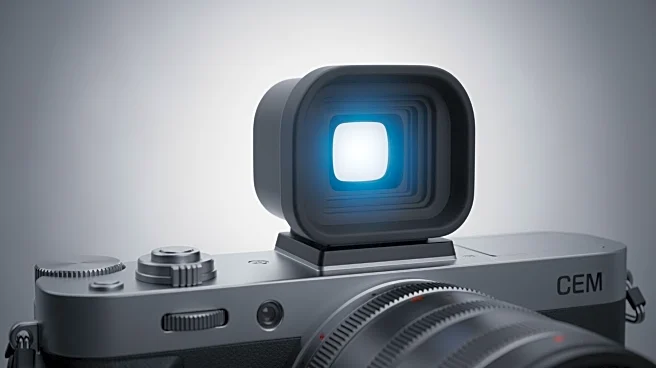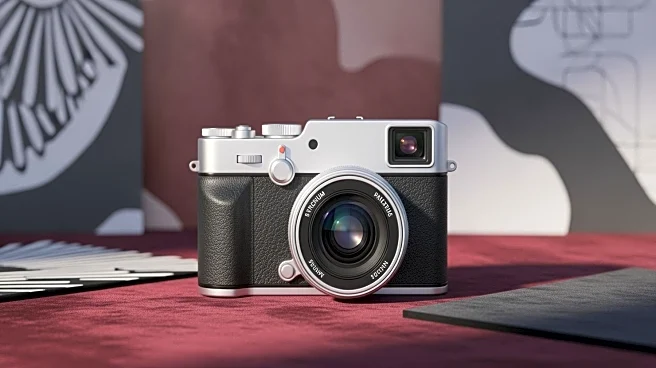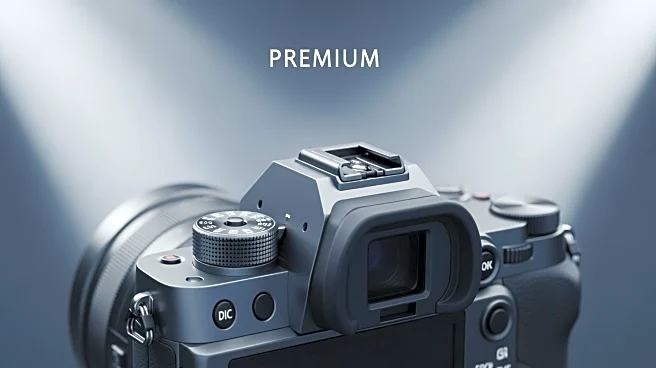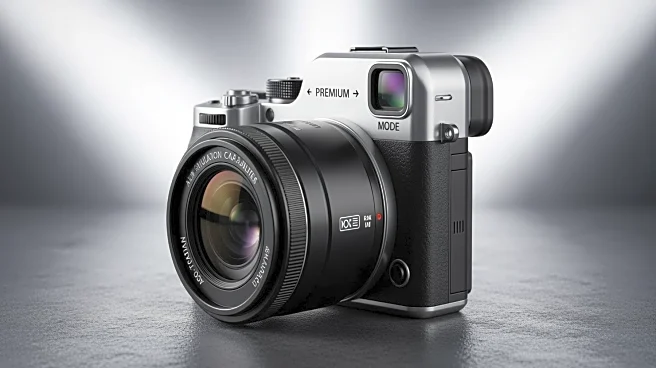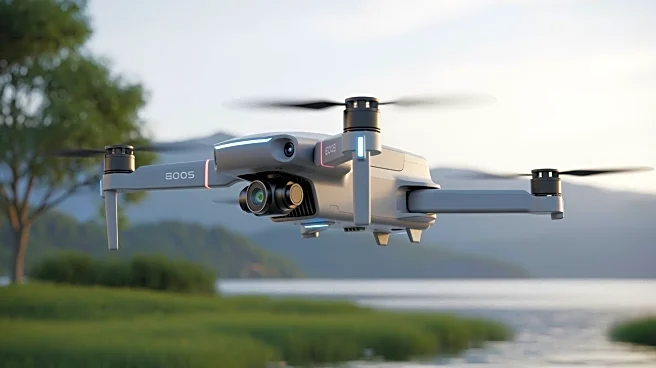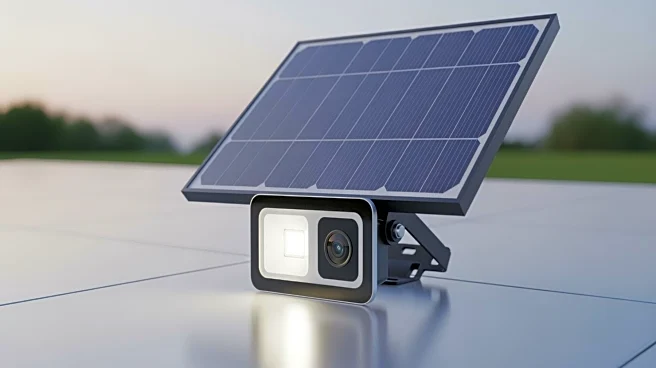What's Happening?
Leica's M EV1 camera introduces an electronic viewfinder to its iconic M-series, diverging from traditional optical rangefinders. This change aims to simplify focusing, making it more akin to full-frame
mirrorless cameras. Despite the advanced 60-megapixel sensor and compatibility with M-mount lenses, users accustomed to autofocus may struggle with manual focus. The camera's high price point and manual focus requirement may limit its appeal to certain photographers. The M EV1 represents a significant shift in Leica's approach, offering a modern twist on its classic design.
Why It's Important?
Leica's introduction of an electronic viewfinder in the M EV1 marks a notable evolution in its camera technology, potentially attracting a new segment of photographers seeking high-quality images without the complexity of manual focus. This development could influence the broader camera industry, encouraging other manufacturers to innovate in viewfinder technology. However, the manual focus requirement may deter some users, highlighting the balance between technological advancement and user accessibility. The camera's premium pricing positions it as a niche product, appealing primarily to dedicated Leica enthusiasts.
Beyond the Headlines
The shift to electronic viewfinders in Leica's M-series may signal a broader trend towards integrating digital features in traditionally analog products. This evolution raises questions about the future of manual focus cameras and their place in a rapidly digitizing market. The M EV1's design challenges users to refine their photography skills, potentially fostering a deeper appreciation for manual techniques. As technology continues to advance, the balance between innovation and tradition remains a critical consideration for manufacturers and consumers alike.
